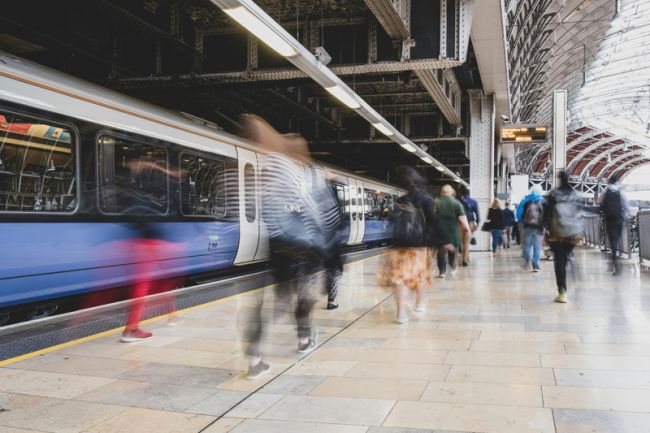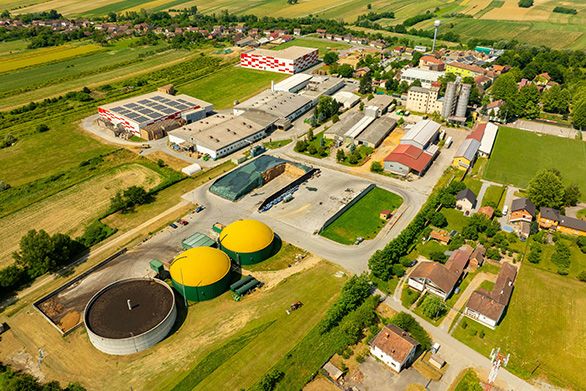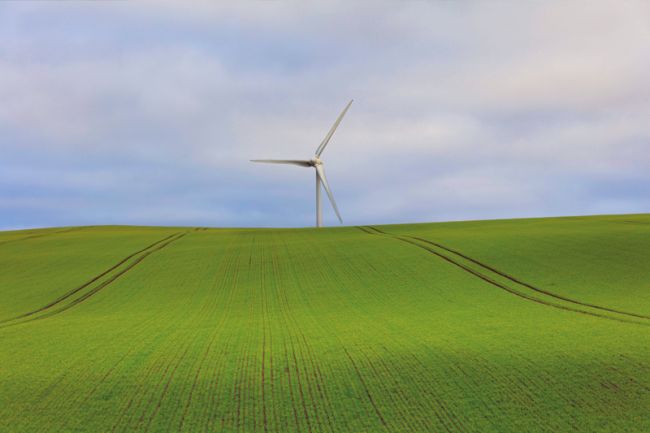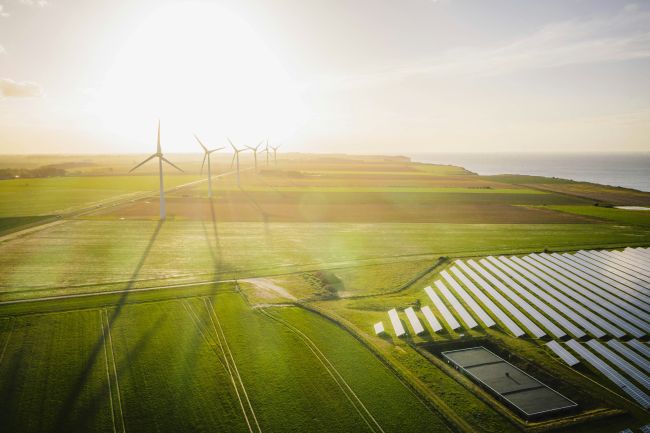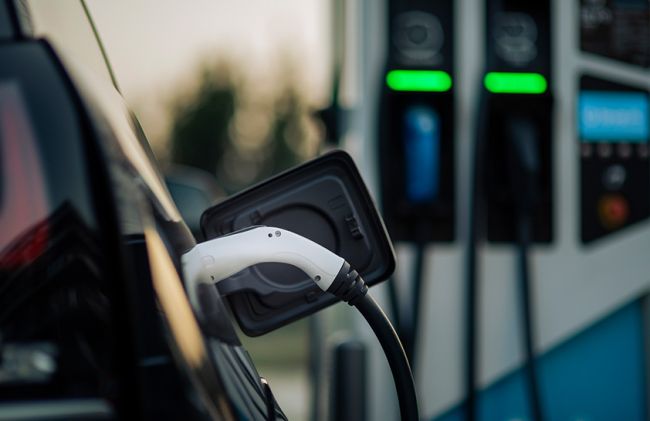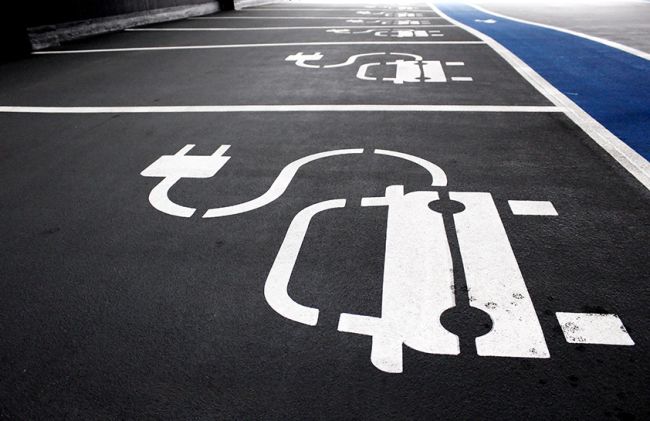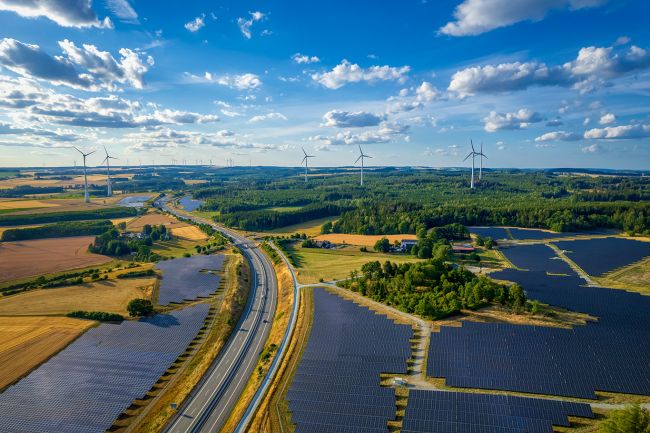Making Net Zero happen – will rail play its full part?
Treating the Bradshaw Address as a statement of the Secretary of State’s priorities for rail, I was pleased to see freight highlighted.

Considering the realities of ministerial speechmaking and treating the Bradshaw Address as a statement of the Secretary of State’s priorities for rail, I was pleased to see freight highlighted as a driver of green growth. It was unsurprisingly overshadowed in the address by the focus on financial sustainability and giving passengers a better post-pandemic deal, but still a timely reminder that a ‘cleaner, greener railway’ was an important theme of the Plan for Rail, and environmental sustainability is a key objective for the Long Term Strategy for Rail.
Reflecting on this took me back to the end of last year, when, as the holidays approached and I prepared to join Steer, I watched our fascinating series of webinars on Net Zero: making it happen. Its sweep was much wider, internationally and across transport, cities, and infrastructure, but it had some particularly relevant themes for Britain’s railway:
- That the integrated planning of fleets and supporting infrastructure is crucial – a lesson I’d like to think we’ve learned, to a degree and the hard way, in UK rail.
- That you need the ownership of strategic assets to be in the right place to drive investment and innovation
- That there’s a market and an appetite for private investment in sustainable transport assets, but you need the commercial models and institutional frameworks to unlock it.
- That we mustn’t forget about the energy-efficiency of the built environment
- How important it is we engage communities in the process of creating solutions.
- That we’ll need to experiment, to try things out and learn, to find a range of solutions to this complex challenge.
A lot of these themes will be important tests for reform of the rail industry – will it put operating and commercial models in place, and capabilities and assets in the right place, to enable investment, innovation, and engagement in net zero solutions?
And in the meantime, all this made me wonder… are we in danger of taking for granted rail’s environmental advantage? Is the rail industry set to play its full part in decarbonising Britain’s transport system and economy?
Arguably, sectors like road and air would have incentives, or imperatives—to adapt and innovate faster than rail. That might be true even if we didn’t have an immediate, critical focus on recovering from the pandemic’s impacts, industrial action, and restoring public trust in our railway.
But while necessary, improving the impacts of air and road travel won’t be enough. We also need to shift passengers and freight to rail.
And I think there are loads of areas of opportunity, so I’d like to pose some provocative questions to anyone interested enough to read on…
Could we be doing more in our policy, strategy and planning to increase rail’s meagre share of travel into cities beyond London?
One of the more attention-grabbing bits of the Secretary of State’s address was where he talked about the relatively small share of the public’s journeys made by rail. My colleague Richard Harper has recently written about how the picture looks a bit different when you factor in distance and not just numbers of journeys. And the further important point is that to deliver net zero as well as ease congestion, improve air quality, and boost regional productivity, we need to grow rail’s share.
I think there are opportunities that aren’t just about building more infrastructure – and where investment is made, we need to integrate it better. I think about my familiar commute into Birmingham, and the railway across and into the second city, and I’m confident there’s sufficient capacity for more people travelling to work and play, if:
- There’s a strong post-pandemic proposition that attracts and delivers for customers.
- Part of that’s undoubtedly about the reliability of the service, which is sometimes a bit of an afterthought in strategic planning.
- Strategic planning for rail joins up with innovation in active travel and new mobility, as well as spatial planning; and
- We then make the most of investment in HS2 and Midlands Rail Hub, and the multi-station city centre hub the city will benefit from
The constraints, opportunities and solutions will be different for Manchester, Leeds, Bristol, Newcastle, and other cities, but the challenge of increasing rail’s share of travel into our cities is one I think we can take on.
And there’s an opportunity, given the theme from the webinars, to engage communities in creating solutions.
Could more be done to shift people away from domestic air travel?
There’s a certain policy gap here, given how much price is a factor. And the reach of High Speed 2 will make a difference. But again, the end-to-end customer proposition, including the station environment and experience, resilience and reliability is crucial. I suspect people increasingly feel the many small nuisances of the whole end-to-end air journey, and that with vision, creativity, and consistent delivery, the thresholds of ticket price and journey times are less out of reach.
Has the post-pandemic opportunity to promote freight on rail really been grabbed?
I’m sure people will rightly tell me that a lot is going on. And I know from my recent role at Network Rail, we actively took decisions to prioritise freight services where we considered that the best economic use of constrained capacity, in a way and to an extent I personally hadn’t seen before.
But my point here is to be provocative! While I’d be pleased to be wrong, it doesn’t seem to me, as an interested observer and not someone steeped in rail freight, that many shorter-term quick wins have been found. Nor that the longer-lasting shift in attitudes that’s needed for freight to shift from road to rail has really happened yet.
I’m struck by a line from TfN’s Freight & Logistics Strategy, from November last year, looking at future freight scenarios:
"With limited rail freight network and facilities, rail freight mode share is dramatically low. There is also no opportunity for a greater mode shift from road to rail. It implies that without adequate rail infrastructure in place, there would be relatively limited space for the exogenous policy interference to take effect for the purpose of encouraging modal shift from road to rail."
So, both demand-side and supply-side policy and strategy needs to be lined up. Freight’s role and profile in existing and future projects will need to be bigger.
Likewise, and related… when we’re making the case for rail projects, are we in the habit of focusing enough on mode shift and environmental benefits?
Rail also must make sure its own house is in order and is as energy efficient as possible. I wonder if – beyond committed and passionate asset managers and flagship programmes – we’ve focused enough on the energy-efficiency of the station estate. This must be something that future models for stations ownership and management can enable.
So, there’s a lot in all of this, and I’d be happy to be told there’s a lot I’m missing. If at the very least we can agree that these are important challenges to rise to, and start a conversation about what’s going on, where, to make it happen, then that’ll be a good start!
